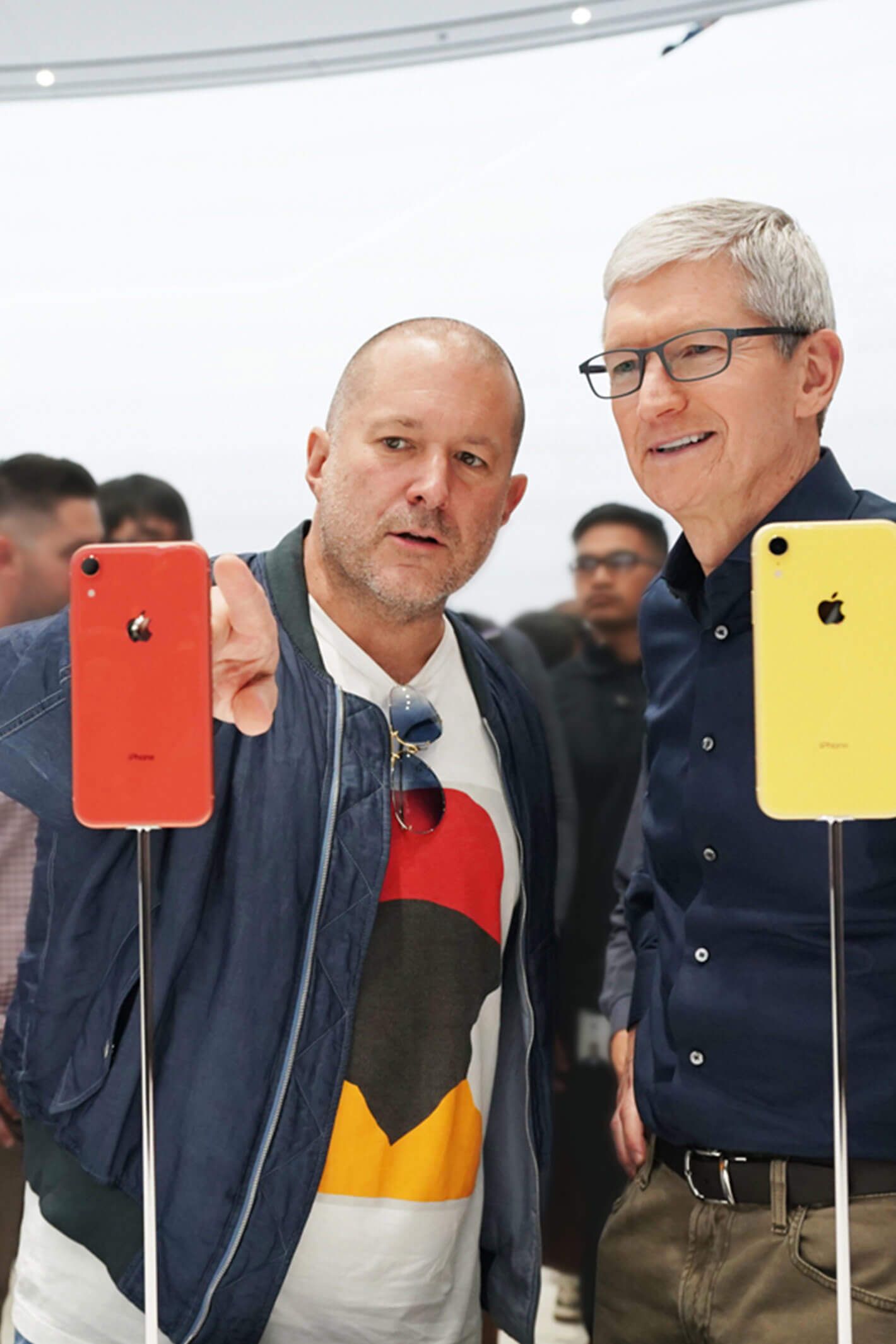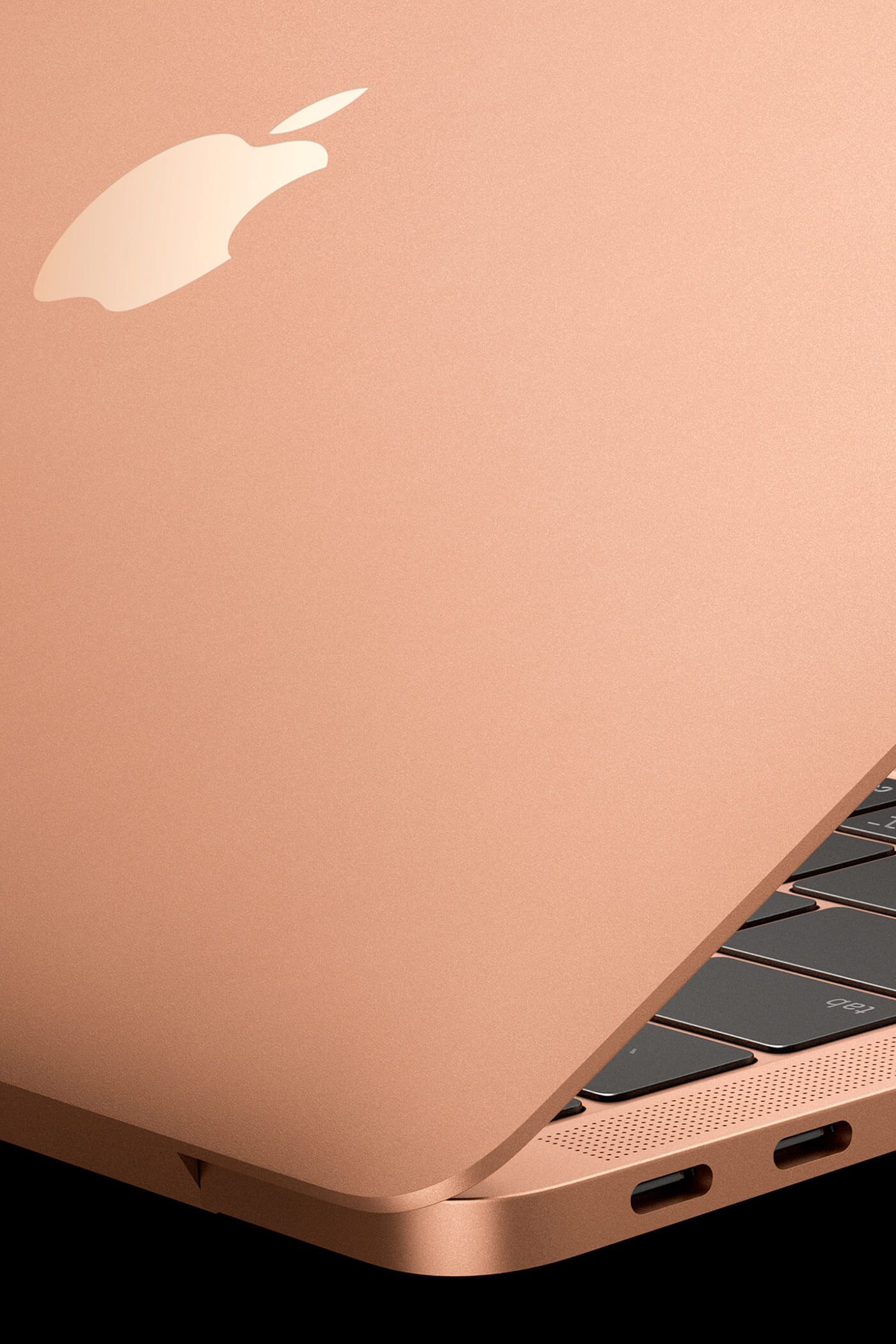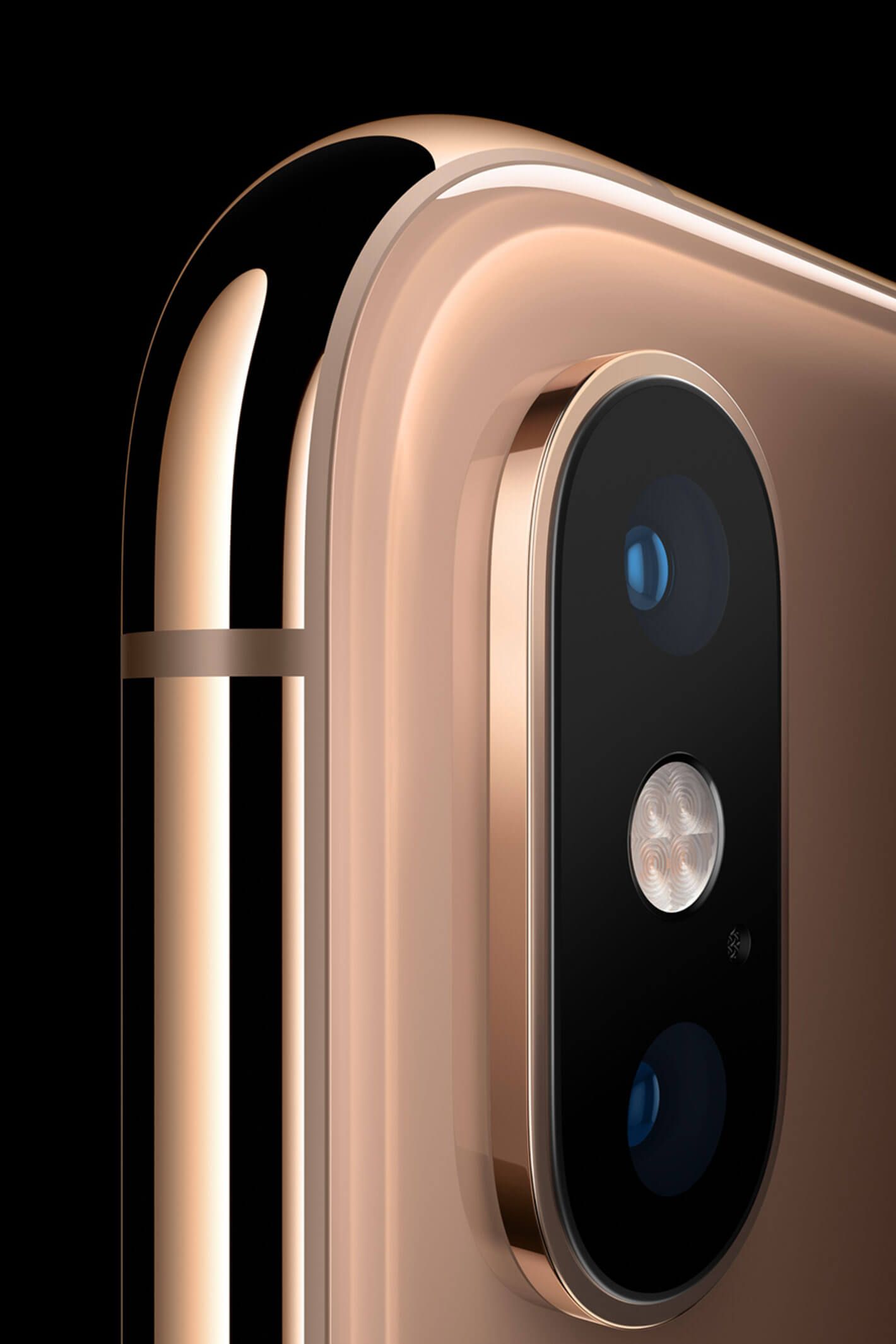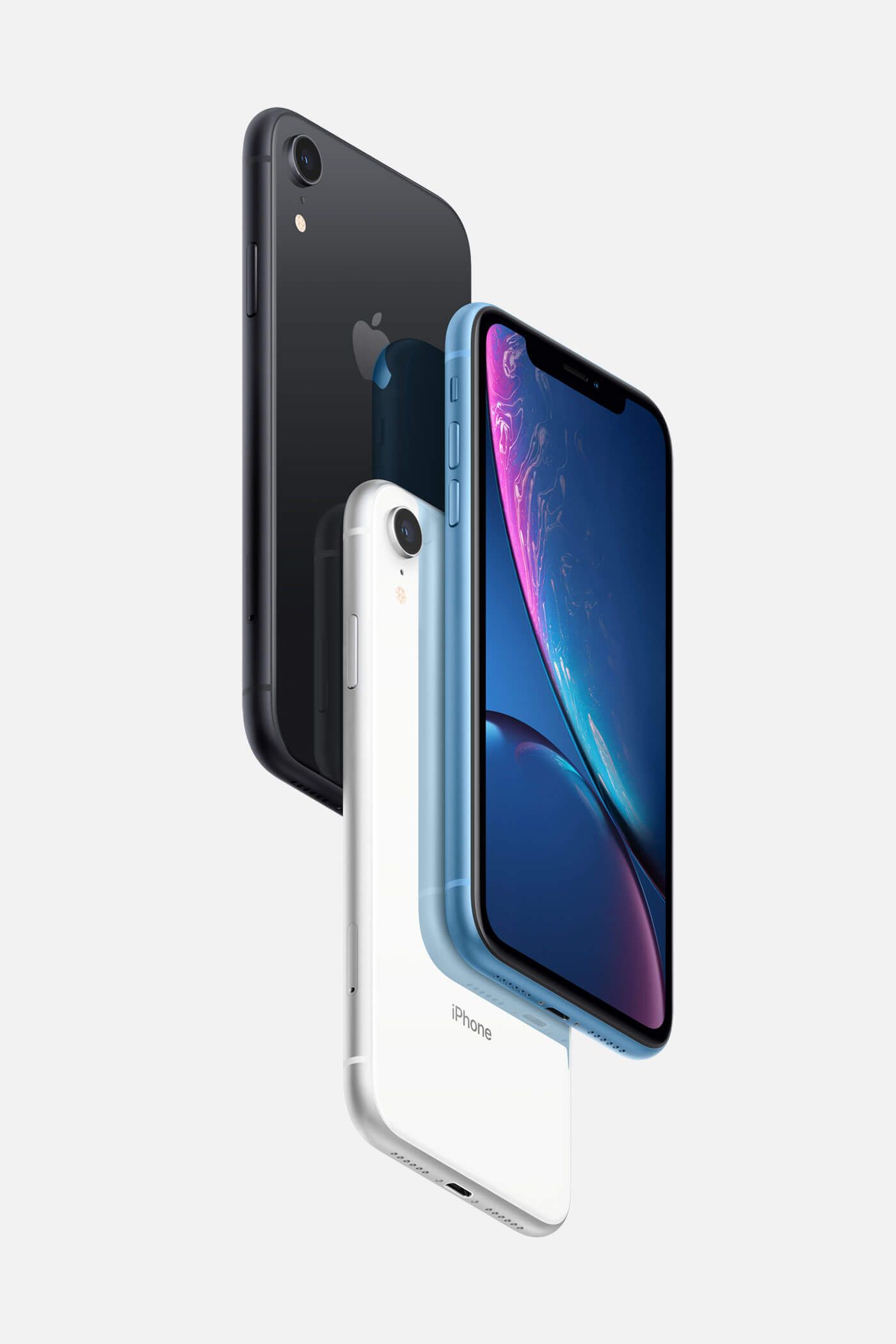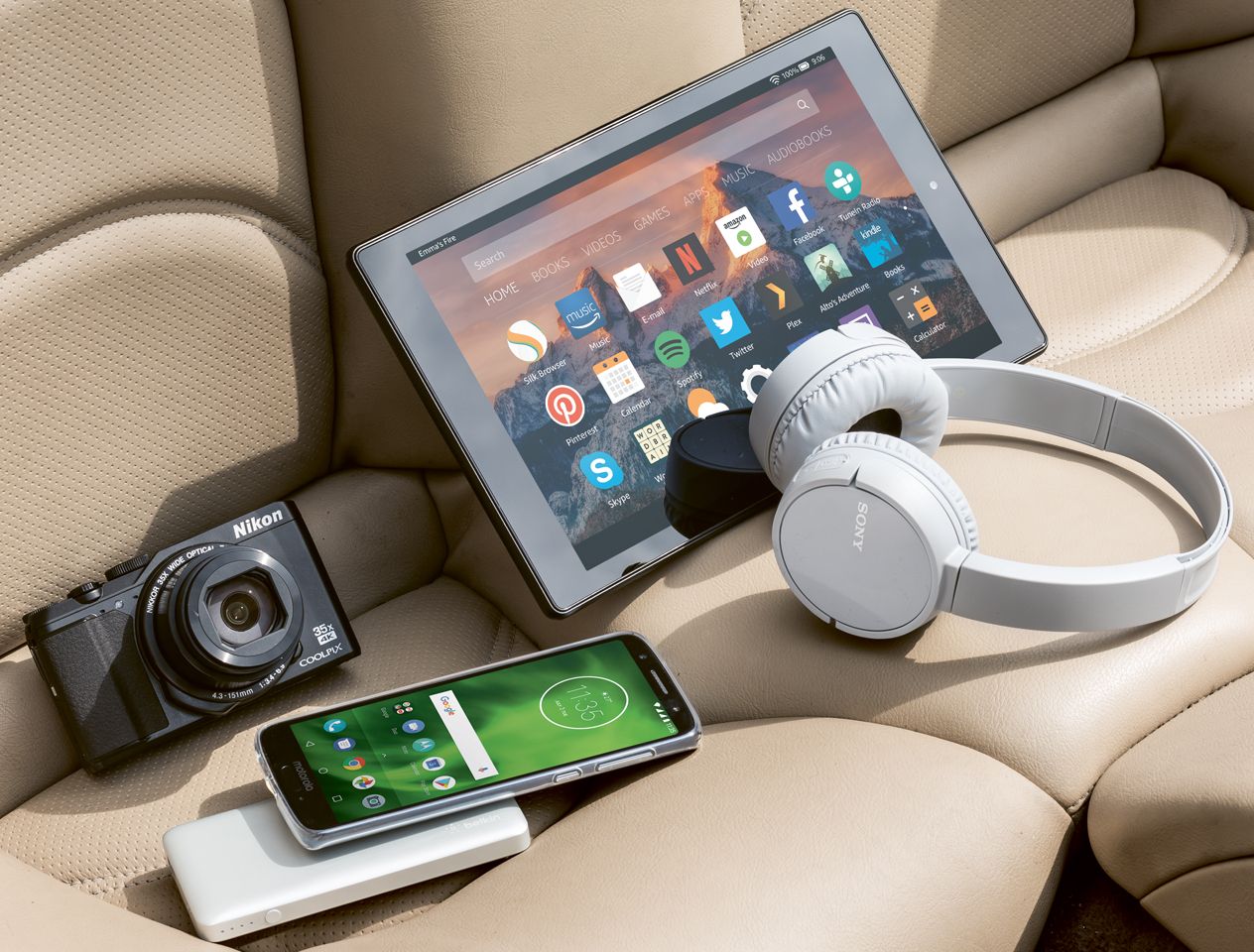Apple: history of an iconic brand
Its slick designs, from iMac to iPhone, are admired the world over. We chart how Apple took over the world
The iPod was once described as ‘the perfect thing’. There were MP3 players before, but they were heavy and unrefined. The iPod of 2001 was seductively beautiful as well as useful. Six years later, it evolved into the iPhone, perhaps the most influential tool of our era. If civilisations are remembered by their most significant artefact, then the iPhone is our memorial. And it is a work of art as much as an exercise in technology.
Game-changing innovation
If you analyse Steve Jobs’ presentation of the iPhone in 2007, it’s clear that, mystical seer and prophet though he may have been, he did not envisage just how influential it would become. He saw it only as an enhanced iPod, not the inseparable (and sometimes undermining) companion it is today. Still, Steve Jobs was surely aware of its potential. He believed that creativity is just a matter of ‘connecting things’; in this case connecting GPS and wireless internet to a touchscreen and telephone. But he intuited that it was more than that as well.
More of what? Magic, certainly. Arthur C Clarke, author of 2001: A Space Odyssey, once said that ‘any technology sufficiently advanced is indistinguishable from magic’. And that’s true. But there was art to be added as well, which is where Jonathan Ive (pictured above left with Apple CEO Tim Cook) comes in.
Born in Chingford, Essex in 1967, Jonathan ‘Jony’ Ive moved to California to work at Apple in 1992, and was invisible in what was then a struggling business selling nondescript beige boxes. Anxious to revive Apple, Steve Jobs interviewed the celebrity designers of the day, including Ettore Sottsass, Giorgetto Giugiaro and Richard Sapper. But when he found Jonathan Ive already in-house, he kept him there.
Jobs and Ive were a perfect combination. One an uncompromising visionary trading in ideas beyond the reach of ordinary people, the other a meticulous craftsman at ease with his tools and materials.
Design without compromise
Ive has a personal aesthetic of a zen-like intensity, giving to any project ‘effort and care beyond what is necessary’. And as he acquired authority in Apple, Ive bought more prototyping machines. He understands coatings, milling, forging, moulding and bonding. ‘What’s the maximum we can do with aluminium?’ he asks himself. When Jobs declared his abhorrence of visible screwheads, Ive found a way to make them go away.
Ive believes that if you know how something is made, you understand everything about it: ‘I look at the world a certain way. I’ve always been fascinated by the old-school approach to materials and making things. Take stainless steel: you can transform it from a modest material to a thing of beauty by a process. I find that inspiring.’ He found new ways of bonding metal and glass, something which gives the iPhone its distinctive appearance.
The iPhone’s gorgeous shape is deceptively simple. It’s a masterpiece determined only after enormous trials and errors. Its textures are deliberately gorgeous. The effect is an understated product that wins universal admiration.
Significantly, Ive’s design is not revolutionary, but part of a well-understood tradition that has its origins in 19th-century German thought. The architect Heinrich Tessenow, for example, had the motto: ‘Das Einfache ist nicht immer das Beste, aber das Beste ist immer einfach’ translated as ‘Simple is not always best, but the best is always simple’.
Ive also acknowledges his debt to another great designer, Dieter Rams. The gorgeous purity of the iPhone was inspired by the designs that Rams created for Frankfurt’s Braun electrical company in the 1950s: grey boxes, then white boxes, then black boxes.
Apple’s address in Cupertino, California, is 1 Infinite Loop – computer language for a never-ending message, technically an ‘impossible termination condition’. Will the very nearly perfect iPhone continue to evolve, aesthetically speaking? That depends whether the ancient design gods who brought us so much magic and art remain busy and unsatisfied.
A brief history of Apple design
1976
Steve Jobs sets up Apple Computers with friends Stephen Wozniak and Ronald Wayne (who subsequently buys his way out less than a fortnight later).
1984
The Apple Macintosh, a computer with graphical user interface, is launched for the mass market.
1998
The curvaceous and instantly iconic iMac is released in a range of bold colours – the i stands for internet and becomes the prefix for future Apple products.
2001
The iPod, the super-compact portable media player, is launched and becomes the way to listen to music on the go.
2007
The iconic iPhone, the king of all smart phones, is first launched, followed by the iPad three years later. The iPhone remains one of the world’s most popular phones 12 years on.
All imagery courtesy of Apple.


